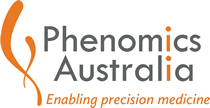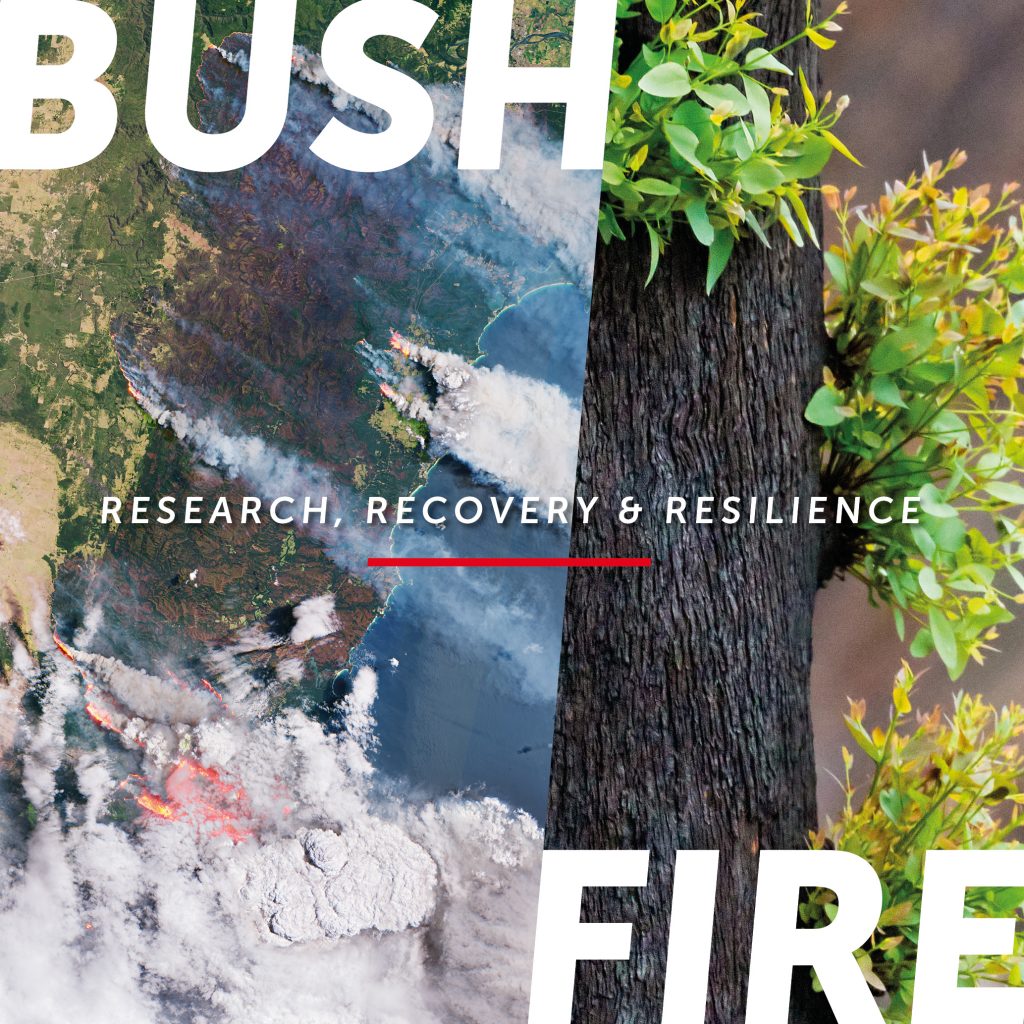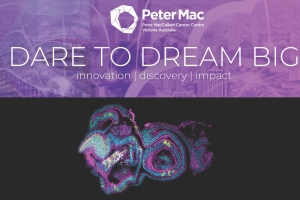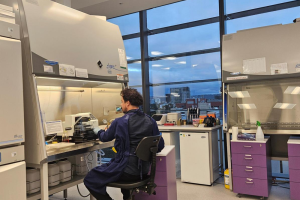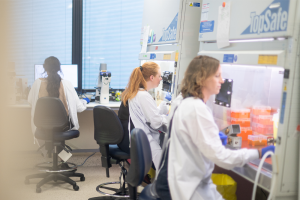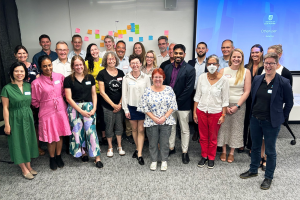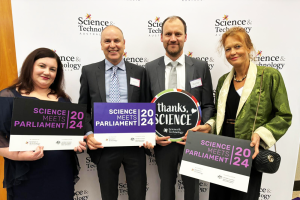Phenomics Australia provides expertise and customised model systems necessary for preclinical biomedical research on the effects of bushfires on human health.
Australia’s National Research Infrastructure supports bushfire research, recovery, and resilience understanding human health impacts, providing access to genomic, and bioinformatics resources, modelling, and predicting fires, monitoring ecosystem recovery, and more. Download infographic here.
Phenomics Australia NCRIS infrastructure is used in providing expertise and customised model systems necessary for pre-clinical biomedical research on the effects of bushfires on human health. Including, but not limited to, air pollution exposure during pregnancy, and respiratory and ocular diseases.
Ambient air pollution is considered a major environmental health threat to pregnant women. Our previous work has shown an association between exposure to airborne particulate matter (PM) and an increased risk of developing pre-eclampsia. Read more here.
Air pollution exposure during pregnancy
In humans, influenza A virus (IAV) infection is predominantly restricted to the respiratory tract (Taubenberger and Morens, 2008), where infection of airway epithelial cells results in productive virus replication and release of newly-synthesised virions. Read more here.
Respiratory disease
Sensory neurons play an important role in protection of the cornea and in maintaining corneal epithelial integrity. Read more here.
Ocular disease
Clinical imaging of the corneal microstructure by IVCM is an important diagnostic tool for a range of ocular conditions including dry eye disease1-3, diabetic complications4–6 and keratitis. Read more here.
Cornea Inflammation
As identified in the National Research Infrastructure Roadmap 2021, in coming years, Australia will face unprecedented challenges due to changes to our climate and environment. World‑class climate and environmental science is required to inform successful adaptation approaches that will help protect communities, infrastructure, industries, environments and biodiversity.
These investments will deliver comprehensive, world-leading environmental monitoring that, among others, will provide improved management of pollutant sources and responses to bushfires and dust storms. A step-change in this capability will help identify regions and communities at greatest risk from climate threats and enable adaptation.
